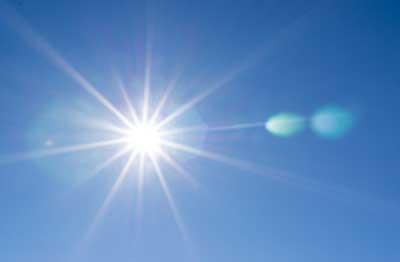
Researchers at the Eindhoven University of Technology have developed large fluorescent noise barriers for busy roads that can also generate solar energy.
Two panels have been erected alongside the A2 highway near Den Bosch in a practical test launched on 18 June - led by Dutch building company Heijmans - to assess the economic and technical feasibility of energy-generating noise barriers.
The Luminescent Solar Concentrator (LSC) panels have been developed by Michael Debje, a researcher at the Eindhoven University of Technology, which are able to receive sunlight and guide it in concentrated form to land on traditional solar cells.
Each of the two noise barriers used in the trial are 5m wide and 4.5m high.
This is the first time in the Netherlands that a practical test of this kind has been carried out at real-life size. Researchers want to gain a better understanding of how much electricity these semi-transparent acoustic screens can generate under different lighting and weather conditions.
The first research results show that 1km of energy-generating noise barriers can produce enough electricity to supply 50 households with power.
"Thanks to their many colours, the LSC [panels] are visually very attractive, which makes them ideal for use in many different situations in the built environment," said Debje. "Further benefits are that the principle used is low cost, they can be produced in any desired, regular colour, are robust and will even work when the sky is cloudy."
Stijn Verkuilenm, project leader at Heijmans, said: "The Netherlands has enough noise barriers and can also provide the necessary solar cell technology. Our practical test is a simple sum, through which we’re investigating the ways solar cell technology can be integrated in a robust and visually attractive way.”














